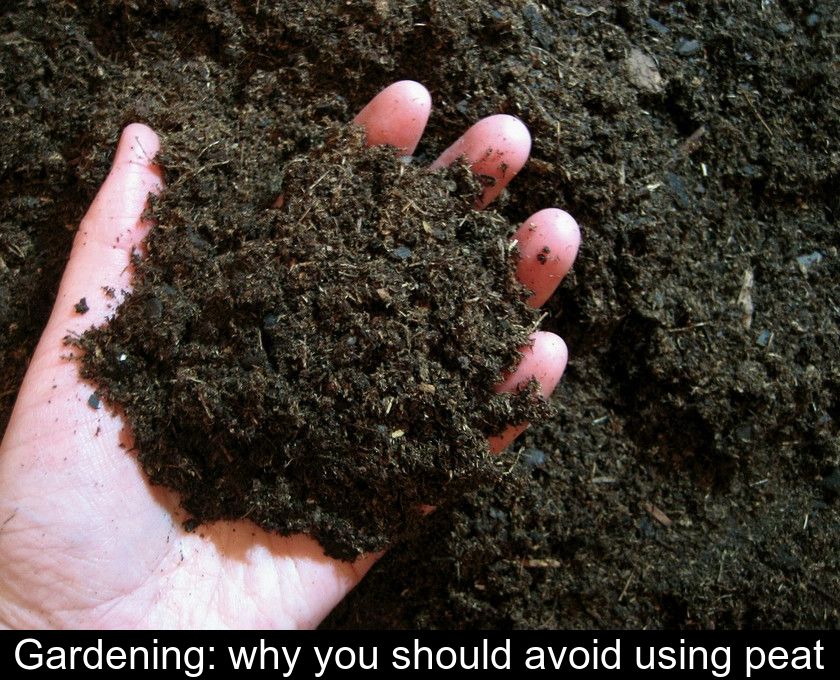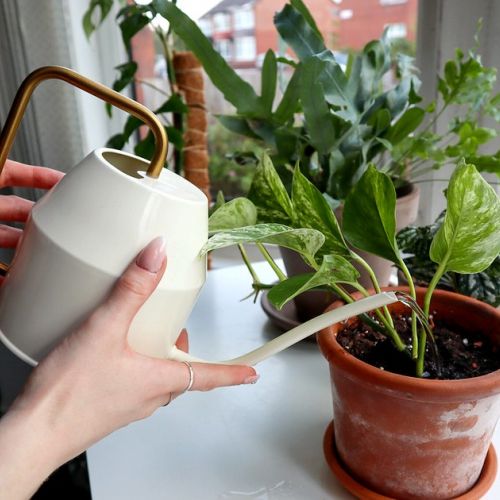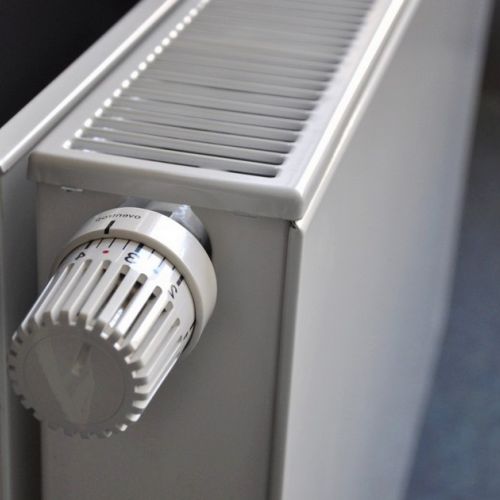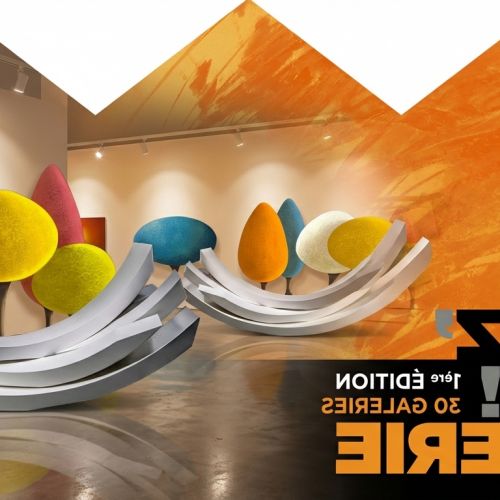Gardening: Why You Should Avoid Using Peat
With the growing enthusiasm of the French for gardening, the consumption of potting soil and other growing media continues to increase. However, some natural materials used as substrates are not renewable resources. We explain why you should avoid using peat in your garden.
"What is peat?"
Peat is a natural material resulting from the slow decomposition of plant debris in a wet and acidic environment. It is used in gardening to lighten heavy soils and enrich them. It is also a frequently incorporated component in the bags of soil that you buy in garden centers. It is estimated that this non-renewable natural material represents more than 50% of the total volume of growing media (such as potting soil, peat moss or coconut fiber) used by gardeners.
Where does peat come from?
Peat, the lightweight substrate highly appreciated by gardeners, comes from bogs, particular ecosystems found in wetlands. In these humid and acidic environments, mosses called sphagnum grow and decompose very slowly.
The gradual decomposition of sphagnum in an acidic and oxygen-poor environment eventually forms a substrate highly concentrated in organic matter: peat! But this decomposition process is very slow. It takes about a century to obtain a thickness of 5 cm.
The color of this material varies from blond to black depending on its age and its state of more or less advanced decomposition. In gardening and agriculture, it is brown peat that is most appreciated for its richness in mineral elements.
Why protect peatlands?
Peatlands are natural habitats that have a crucial importance in preserving the environment. Unfortunately, their area has been reduced by half over the past fifty years in France as well as in the rest of the world. Once a peatland has been exploited, it does not renew itself.
When in good condition, peatlands store much more carbon than forests and contribute to limiting global warming. Conversely, when these habitats are exploited for peat extraction and degraded, they emit greenhouse gases.
While France is experiencing an unprecedented drought, it should also be noted that peatlands play a role as rainwater reservoirs. Because they are composed of 90% water and sphagnum acts like real sponges, they can store large quantities. They are capable of retaining water during floods and releasing it during dry periods.
Finally, these wetlands are precious for biodiversity because they shelter rare species of plants and animals. On the flora side, there are the Siberian ligularia, the sundew and the butterwort which are two carnivorous plants! On the fauna side, one can come across a rare dragonfly with a beautiful turquoise color (the blue damselfly) as well as many birds, amphibians, reptiles and other insects.
Once considered useless and infertile areas, peatlands now appear as wetlands of primary importance. That is why many sites are now protected in Europe.
How to avoid using peat in the garden?
Now that you are aware of the ecological importance of peatlands and the need to stop using peat in your garden, be mindful when shopping at garden centers:
• carefully read the composition of potting soil before buying it
• avoid those that contain peat
• prefer peat-free soils, which are increasingly available in gardening stores!
By simply changing your purchasing habits, you can help preserve peatlands and therefore the environment.
With this simple action, you will kill three birds with one stone because healthy peatlands:
• fight against climate change
• preserve water resources
• shelter important biodiversity
If you are wondering what to use instead of peat in your garden, know that the best alternative is to make your own soil.
You can compost by getting a composter or make homemade soil with the fallen leaves collected in your garden. These two solutions have the double advantage of being more economical and especially more ecological.










